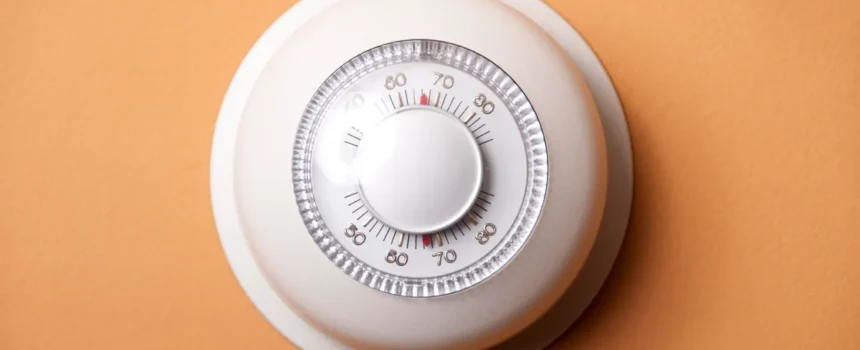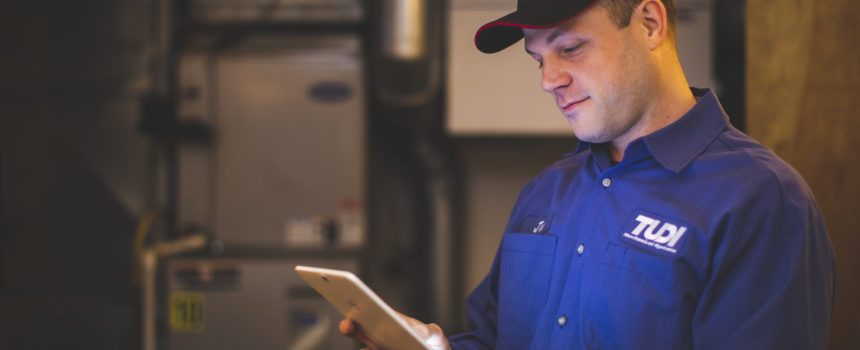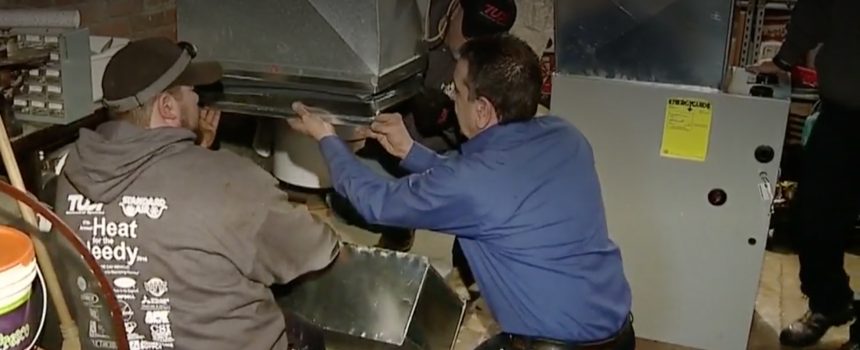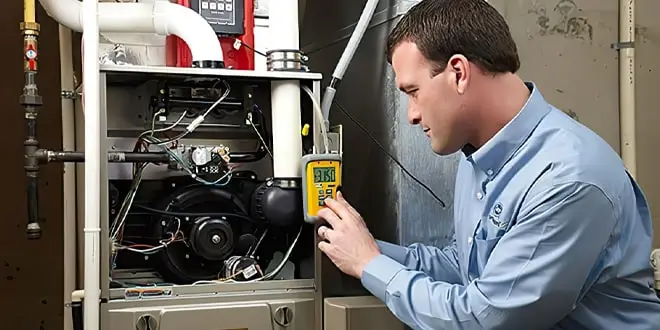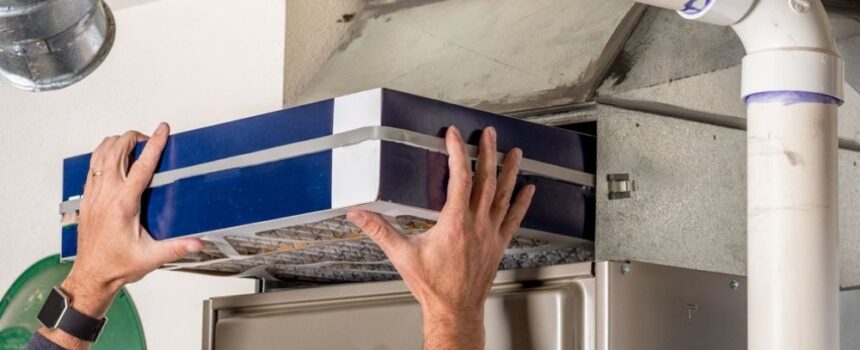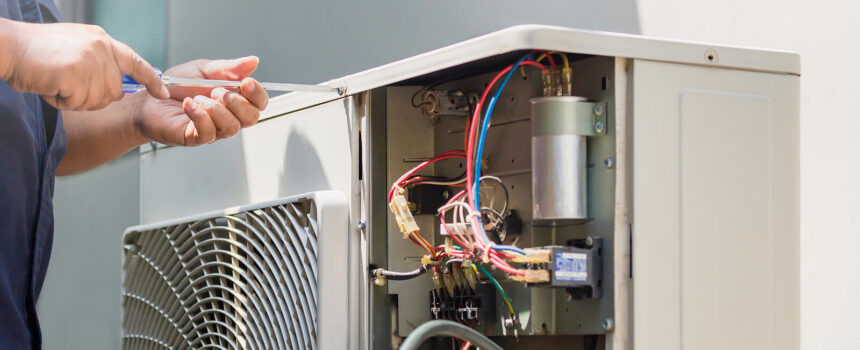Furnace Not Igniting: What Are Common Causes & How To Fix
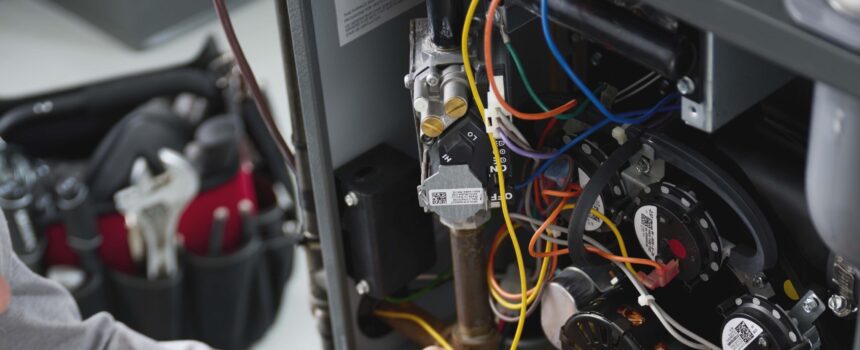
The thought of a broken furnace during the colder winter months sends shivers down your spine, not quite as chilling as when the furnace fails to heat up.
If your gas furnace’s igniter isn’t working, it could be a minor inconvenience or a major problem if outside temperatures are below freezing. Problems with the electronic ignition system often cause gas furnaces to shut down or even cause long-term system failures.
In this guide, we’ll help you diagnose the cause of this common problem and figure out what to check before you need to call for an emergency repair service.
Why Is My Furnace Not Igniting?
If your furnace won’t ignite, it can cause a lot of problems. Each furnace has its own internal components that need to be checked to resolve this issue. A furnace converts heat energy from gas to heat the air and distribute it throughout your home or building.
If you smell gas, leave your home immediately and call 911. If you see a flashing light on your furnace, contact a furnace repair company immediately. If you don’t smell gas or see a flashing light, check each of these points to determine the cause of your ignition problem.
Gas Line Issue
One of the most common reasons a furnace won’t turn on is that your gas line is blocked or clogged. The pipe that the furnace draws its fuel from may be clogged or too small for the furnace. If this gas valve or gas supply is blocked in any way, your furnace will not be able to receive enough natural gas to start properly and safely, leaving you without heat in your home.
The solution here would be to hire a technician to check your system. A professional can check where your furnace’s natural gas source is coming from and whether there are any obstructions in the city gas line, such as tree branches or debris, blocking it. Ideally, you should have at least 6 inches of free space for this line to function properly.
If your furnace requires a larger gas line than you currently use, your furnace may not turn on. This can be confirmed by a gas pressure gauge that our technicians have and know how to use. Our technicians can contact your furnace manufacturer and purchase an adapter that will allow you to connect a larger gas line.
You need to make sure you don’t risk having too much gas in your furnace as this could damage internal parts such as the pressure regulator or safety controls. However, a gas shortage is easily remedied by adding additional length of natural gas line or an adjustable regulator.
Malfunctioning Thermostat
You may be having problems with your furnace not turning on or simply not producing heat. These problems can easily be fixed by cheking your furnace thermostat or calling a technician to inspect, as there could also be other problems that could be causing the furnace not to turn on.
If nothing seems to be working on your furnace even after replacing its components, a furnace replacement could be in the near future. This is a better choice than constantly investing in new parts that can add up over time.
Dirty Furnace Filter
For major furnace problems, your furnace’s air filters should be replaced every 90 days up to four times a year. A dirty air filter makes it virtually impossible to remove debris before it can cause problems later. This is because over time it becomes clogged with dirt and dust particles, making it difficult for it to enter your furnace.
The easiest solution you can find to fix this problem is to replace your air filter. Call a furnace repair technician if the problem persists.
Defective Igniter or Pilot Light
If your furnace has been running without problems and suddenly no longer ignites, there is a high probability that the electronic ignition system is defective or that the pilot lights upstream of the ignition process have been switched off.
The first step is to determine which of these two components is not working by paying attention to what your furnace is doing before attempting to turn it on again. If it clicks but your furnace won’t ignite after the combustion cycle, the electronic ignition systems probably need to be replaced.
In cases where the furnace ignition starts normally but only stays on for a few minutes and then goes out, a new pilot light likely needs to be installed.
Dirty Gas Burners
Dirt builds up on your HVAC system’s burners, preventing them from burning evenly and at the proper height. The thermostat is set to a lower value than the target temperature, causing your heating system to work harder and use more energy to keep your home warm. The flames may not burn fully if the burners are clogged with debris, creating a higher amount of carbon monoxide in your system.
You can spot clean them by blowing compressed air through each one and wiping the outside with a brush or cloth. It’s also helpful to dust your home regularly to prevent debris from getting into your furnace.
Broken Flame Sensor
Another furnace problem is the furnace not burning because the flame sensor is not working properly. A furnace’s flame sensor determines whether it should continue firing and, if necessary, shuts off once it detects a faulty flame signal. This furnace error essentially causes the furnace to spin out of control and not know when to stop producing large amounts of heat, which can cause your furnace to overheat.
To fix this, you will need to clean your furnace’s vents and then unplug it until a service technician can come out to see what might be wrong with the furnace and repair the various components.
Strong Draft
If there is a strong draft in your basement or attic, or if there is a strong wind, the pilot light may not light. Additionally, if your furnace has a faulty or malfunctioning draft motor or fan, the pilot light will not light.
The purpose of the draft motor is to pull air in and out of your chimney or vent. The motor, like other furnace components, can wear out over time.
Additionally, clogged chimneys or furnaces can prevent the engine from drawing in air. As a result, the igniter does not fire. If the traction motor is in good condition, you should hear a slight hum. If there is a blockage, you may hear a low humming sound and smell burning smoke.
Should I Replace My Furnace If My Ignitor Stops Working?
We understand that when your furnace isn’t working it can be very frustrating as furnace repair technicians may have to come and fix the problem. It depends on the age of your furnace and how often you’ve had to make repairs to determine whether a new furnace installation is recommended..
Of course there is no definitive answer, but a reasonable general estimate is around 10 years based on regular routine maintenance and usage history. Once it has been decided that repair is not an option, you need to know everything about all your options, their pros and cons and, most importantly, have your new heating system installed by trained experts.
Fix Your Electronic Furnace Ignition With TUDI Mechanical Systems
TUDI Mechanical Systems’s HVAC technicians can identify heating problems and damage to your heating system and, if necessary, replace heating components to restore heating function. Call TUDI Mechanical Systems now to schedule an appointment with a local HVAC repair expert for furnace repair service near you!

